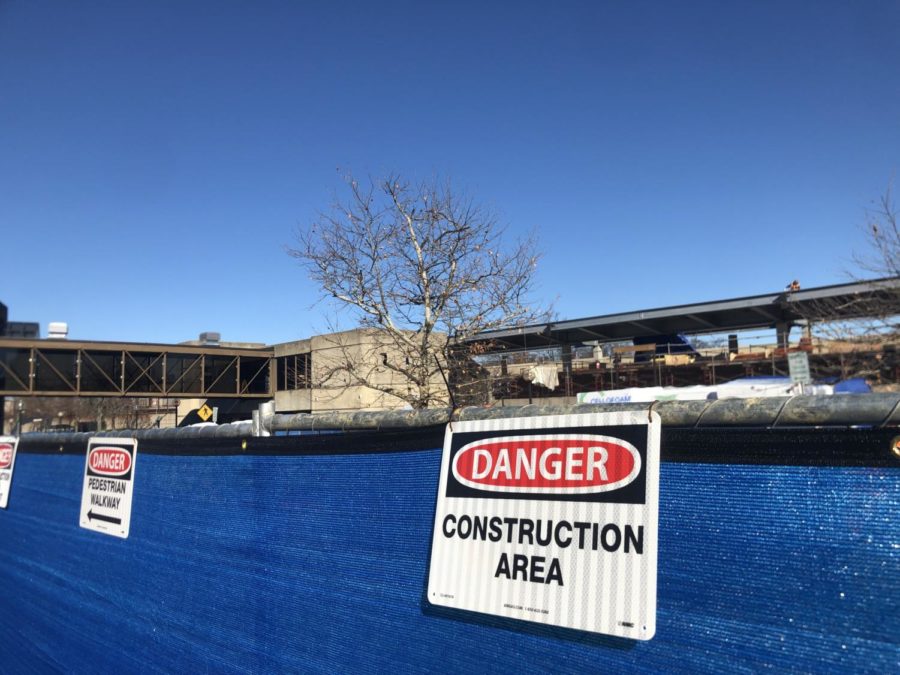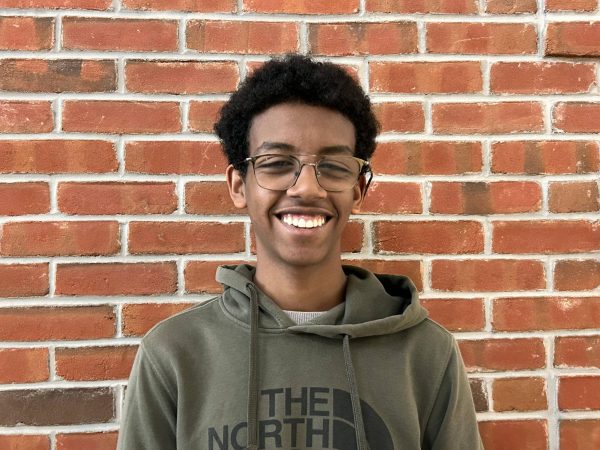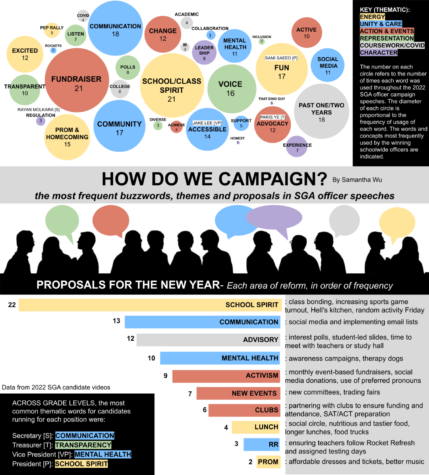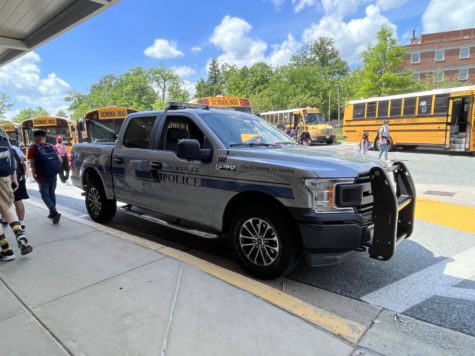Local metro’s closure testament to public transportation
The Rockville and Shady Grove metro stations were closed by the WMATA from September to January.
February 14, 2022
The Rockville and Shady Grove metro stations were closed by the WMATA (Washington Metropolitan Area Transit Authority) since September, and remained closed until mid-January, in order to renovate their canopies. They closed down two vital metro stations for four months to add aesthetic detail to them. Snatching away the public transportation people are dependent upon is not only a shortsighted decision, but it is indicative of America’s relative disregard towards public transportation.
The stations transport nearly 15,000 passengers combined each weekday according to WTOP News. They serve as connectors to MARC stations and Amtrak trains, and receive dozens upon dozens of buses. People rely on these stations, especially now with many businesses opening up and more people returning to work, the timing of the closure could not be any more inconvenient.
The renovations force commuters to find other modes of transport – many of whom resort to driving. In just the past two decades, people commuting alone has decreased from 70 percent to 58 percent according to WAMU. Commuters may develop a habit of driving to work, and even once the stations open up again, they will choose to drive instead. To now indirectly encourage people to commute alone again completely reverses the progress made in the past two decades.
The WMATA could have solicited feedback from the communities that are being impacted by this closure, yet they chose not to. The WMATA could have advertised secondary transit options, yet they chose not to. Herein lies the issue with America’s public transport – it is not seen as a public need, but rather a public want.
The WMATA was able to shut down these stations for practically no reason without receiving any backlash. This reveals how public transport and the people that rely on public transportation are often overlooked. They have received no acknowledgement for the four months of inconvenience they are being put through and can only find solace in the fact that they will have a nice-to-look-at canopy afterwards.
Sophomore Alex Wang said, “In my opinion public transport definitely is a necessity, so it annoys me that they don’t see it that way. Especially in cities and such, being able to get from place to place is essential to survival.”
Compared to other first-world countries, our system is outdated and inefficient. Even in the 20th century, public transport was added as an afterthought – communities were built around cars rather than buses or trains. They were built as self-contained neighborhoods with small looping roads and cul-de-sacs, which make it easier to get around with cars, but much more difficult for public transportation to get through.
President Joe Biden, however, seems to be attempting to change this. In his $2 trillion infrastructure plan, he claims he will allocate $85 billion spread out over eight years to modernize public transit and will invest another $80 billion “to address Amtrak’s repair backlog; modernize the high traffic Northeast Corridor; improve existing corridors and connect new city pairs; and enhance grant and loan programs that support passenger and freight rail safety, efficiency, and electrification,” according to The White House.
This is the first time since the 1980s that a president has decided to prioritize public transportation over renovating highways and roads, according to the New York Times. By setting a precedent for future presidents, this infrastructure plan is an important first step in bettering the public transport system regardless of whether Congress passes it or not.
By closing the metro stations in Shady Grove and Rockville the WMATA has abandoned the people who rely on the system, contributing to a rise in traffic and gas consumption. Their decision to not consult the people this decision would affect reflects America’s view of public transportation. Though Biden has taken an important first step in acknowledging and addressing the issue, a lot more could be done to change this belief.











